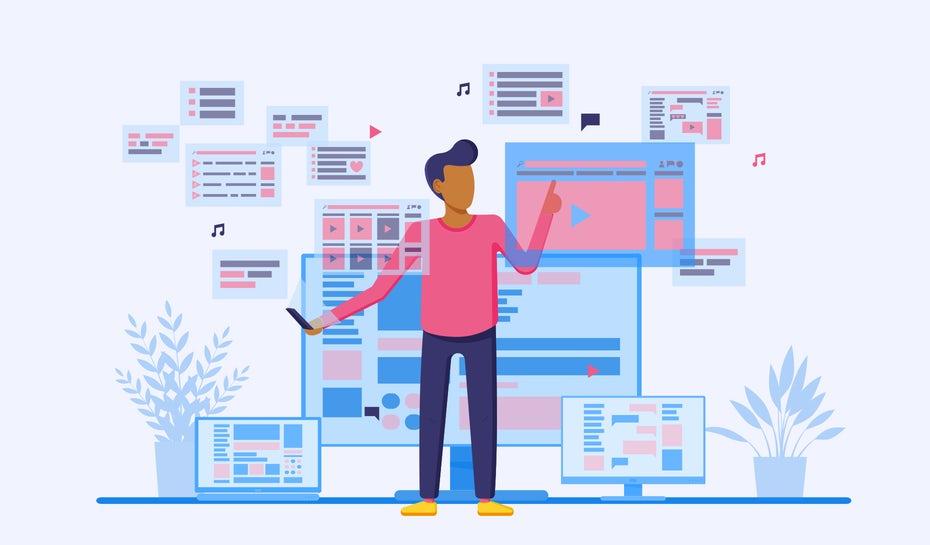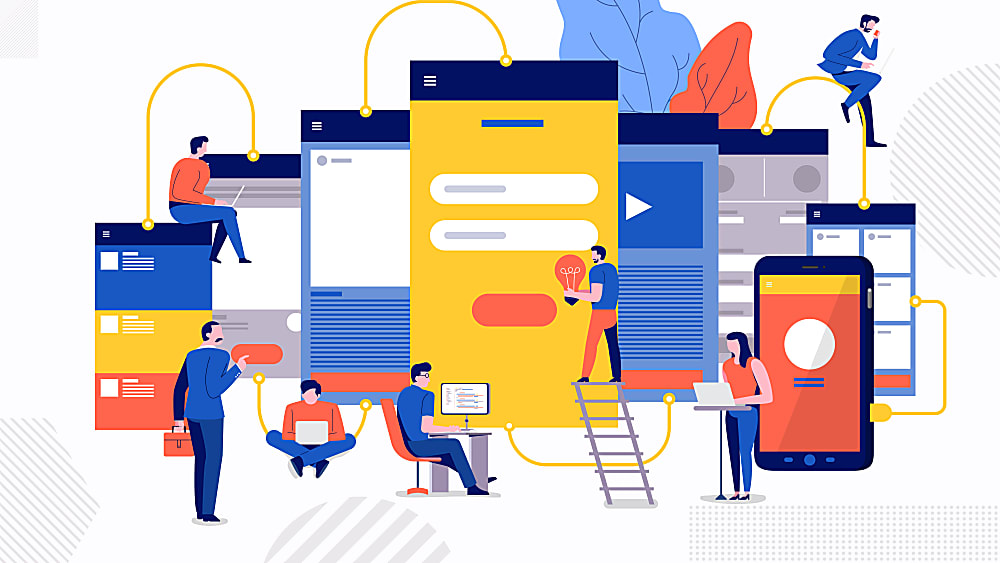Many people think that a UX specialist is a designer (in translation means “interaction action” or user interface designer). He is not even a designer, but a designer. A UX designer, also called a usability specialist, studies the needs of users (everything that we encounter in everyday life gets into his field of vision), analyzes the data obtained, and builds logical diagrams of the interface.
A UX designer is a specialist who is primarily concerned with how a product interacts with a user. UX designers explore different approaches to solving a specific user problem. The main job of a UX designer is to make sure that the goods flow logically from one level to the following. One of the means a UX designer can figure this out is to run user tests in person and learn from how they feel.

He tests prototypes on living people and writes technical specifications. His field of activity includes mobile game development services by Whimsy plus other various industries. By identifying verbal and non-verbal stumbling blocks, it creates, thereby, a “more reliable” action for the user.
In other words, this is a marketing engineer who receives analytics at the input and at the output the logic of work, layout, the principle of creating an interface and content. Typically, UX painting is not a specialist’s business. Moreover, a UX designer is more of a link between a programmer and a user, a web designer, and a site visitor, and also plays an important role in creating an ergonomic interface for a software product.
Key issues in UX design
Key issues that UX design solves:
- Setting goals and objectives – what do we ultimately need to achieve;
- Selection of suitable UX tools for achieving goals;
- Development of a result that is as convenient and easy as possible for the target audience;
- Analysis of the result – whether the product meets the customer’s expectations plus how high is the level of user satisfaction.
Basic tools: Photoshop, Sketch, Illustrator, Fireworks, InVision.
Other profession names: Usability specialist, Web-usability specialist, Usability engineer, Conversion specialist, Usability-expert, UI / UX expert.
Responsibilities
- Conducting user testing
The assessment process should include observing the client’s ability to perform the actions that have been designed for them. Thus, they can provide you with their unedited answer about their own user experience.
For this type of assessment, the number of customer assessments, individual assessments, and the selection of test participants mainly depends on how much money you are willing to invest in conducting it in the early stages of product development.
Fortunately, customer-centric testing is just as reliable and simple as observing user interaction with your goods online.
- Defining and performing “personas”
The term “persona” is applied to refer to a fictional character that represents one of the categories of users for which a UX specialist develops a product. This type of personality assessment can be the object of careful research.
- Analysis and testing
UX designers should analyze the needs of the target audience, and then, taking into account the results of the research, create an interface design and test it on real users.
- Thinking over the design as a whole
Style development, drawing up instructions for fonts, colors, and sizes. Read more on https://whimsygames.co/services/animation/
What you need to know and be able to
Personal qualities:
- Logical thinking;
- Strong analytical skills;
- Good communication skills;
- Ability to prioritize and manage your workflow around critical milestones and deadlines;
- Attention to details;
Basic skills:
- Knowledge and understanding of the principles of usability, the ability to apply them;
- Knowledge of the latest trends in website design and usability;
- Knowledge of the features of web page design and graphics optimization;
- Knowledge of basic standards and interface testing techniques;
- Possession of graphic packages: Adobe Photoshop, Adobe illustrator, etc.;
- Possession of rapid prototyping tools;
- Understanding of all stages of creating Internet projects;
- Possession of any modern software for designing and documenting user interfaces (Axure, MS Visio, MS Word, Adobe InDesign, Sparx EA, etc.);
- Experience in interacting with web developers in the preparation of documentation and interface requirements;
- An understanding of the concept of User Centered Design and knowledge of JavaScript and layout is desirable.
100% content-watch https://prnt.sc/1x8vd3z







